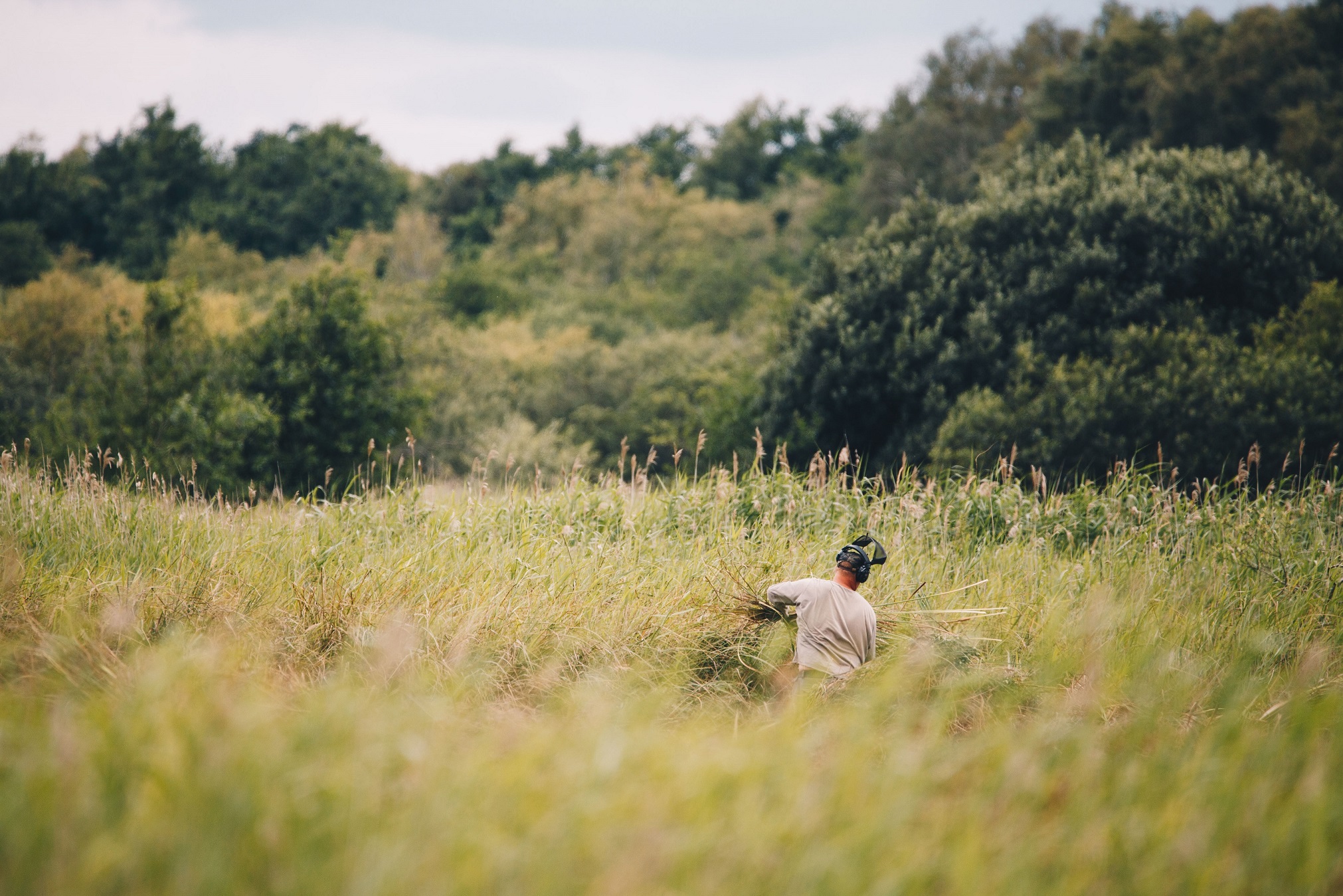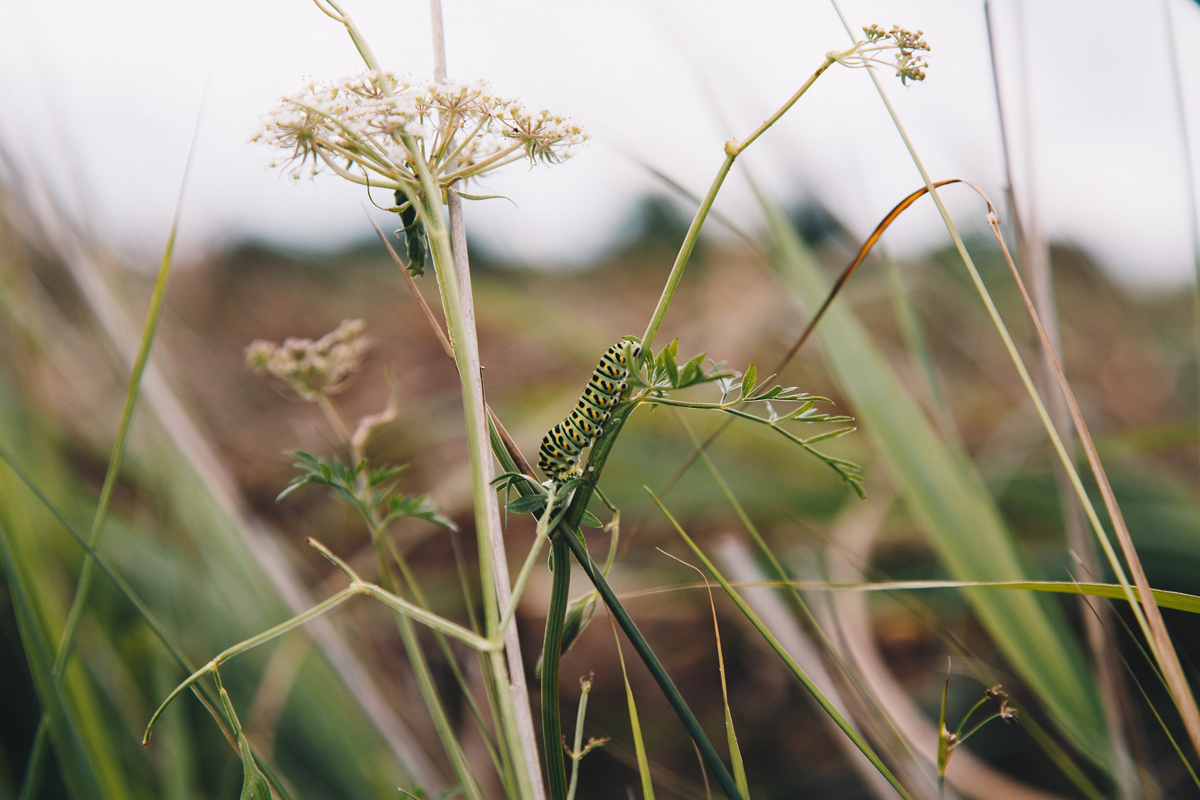Farming in Protected Landscapes programme offers lots to celebrate
Over 5,000 farmers and land managers have benefited from the Farming in Protected Landscapes (FiPL) programme, including over 50 here in the Broads National Park.

The programme, now in its third year, has provided farmers across the UK’s National Parks and AONBs (Areas of Outstanding Natural Beauty) with funding to develop projects in nature recovery, climate resilient businesses, heritage conservation, and for access projects enabling the public to get out and enjoy nature.
A new report – Farming in Protected Landscapes programme: Year 2 update – showcases projects across National Parks and AONBs which have benefited from the Defra funding.
To date, £25 million has been allocated, and more than 2,400 projects have been approved for funding. Here in the Broads during the first two years, the FiPL programme funded 35 projects, in this third year there are already 16 approved projects, and the Authority is keen to fund more.
The FiPL programme has resulted in over 200 hectares of Broads’ wetland being better managed for biodiversity, 20 educational visits for schoolchildren, five projects making the landscape more inclusive for visitors, five projects improving soil health and the whole of the Broads better managed for invasive mink.
In the first two years of the programme over £370,000 was given to fund projects that delivered benefits for climate, nature, people and landscape and this year the Authority has already allocated over £150,000 to projects.
Hannah Norman, Broads Authority Catchment and Farming Officer commented:
“The first two years of the FiPL programme have been a huge success, and have enabled us to engage with over 100 farmers, landowners and land managers across the Broads in a really positive way.”
“We have achieved some great outcomes for nature including improved reedbed management, educational visits out into the Broads and repaired one of our iconic mills to prevent further degradation.”
“I am excited that the programme has been extended to 2025 with an increased budget and I look forward to continuing to work with a wide range of people throughout the Broads.”

There is still some funding available for this year for farmers, growers and land managers. The programme runs until March 2025, with a larger budget for year four, so if you would like to speak to the Broads Authority about a potential project please contact: Hannah.Norman@broads-authority.gov.uk
The FiPL project has enhanced habitat for wildlife such as lapwing around Burgh Castle. This area is important for breeding waders and the RSPB has worked with local landowners to increase the water levels and built foot drains which provide foraging habitat for chicks in the spring. This created a corridor of joined up habitat for birds expanding out of the reserve, increasing the area available to these important species.
Further examples include The Pollinator Project in North Wessex Downs AONB – a group of 20 farmers collaborating to improve the landscape for key pollinators and invertebrates; and Dalefoot Farm in the Yorkshire Dales, an area which includes SSSI designation, supporting nature recovery through the establishment of a network of hedgerows, riparian strips and trees that connect the existing ancient semi-natural woodland.
Tom Munro, Dorset AONB Manager and NAAONB Agriculture & Land Use Panel spokesperson added: “These landscapes have been shaped by thousands of years of farming and it’s only by working like this at scale with farmers that we will adequately respond to the climate and ecological emergency while ensuring rural communities thrive underpinned by sustainable farm businesses.”
The report was launched at a recent meeting of the All Party Parliamentary Group (APPG) for National Parks. Attendees heard from representatives from across protected landscapes and farming community about the importance of sustainability and land management to the future of these special places, and how farmers and other land managers play a vital role in shaping the landscapes they operate within to enhance the natural and cultural heritage, improve productivity, and create more vibrant, sustainable communities.
Additional Information
Key cumulative figures from the FiPL programme since it began:
- More than 2,400 projects have been approved for funding so far
- The number of farmers engaged in the programme has exceeded 5,000
- Programme funding for farmers and land managers to date is more than £25 million
- The programme has created 42 new farm clusters and helped support 106 existing ones
- Funding has supported 485 Projects to reduce flood risk
- The number of volunteers engaged through the programme is over 5,000
- Over 100 miles (approximately 190 km) of new hedgerow have been planted
- 8 miles (approximately 13 km) of dry-stone walling have been restored
Read full report: Farming in Protected Landscapes: Year 2 Update
Friday 21 July 2023

